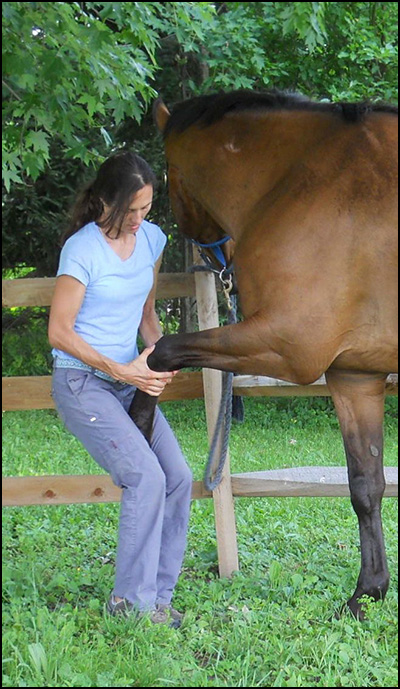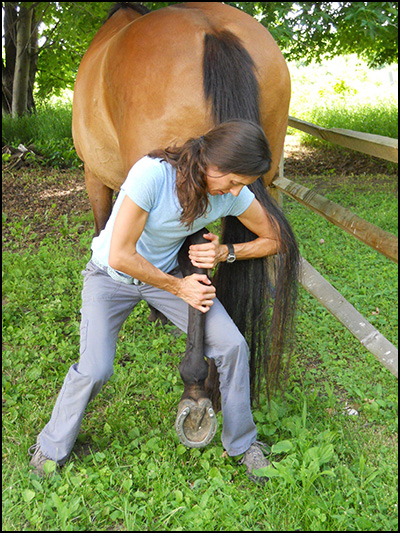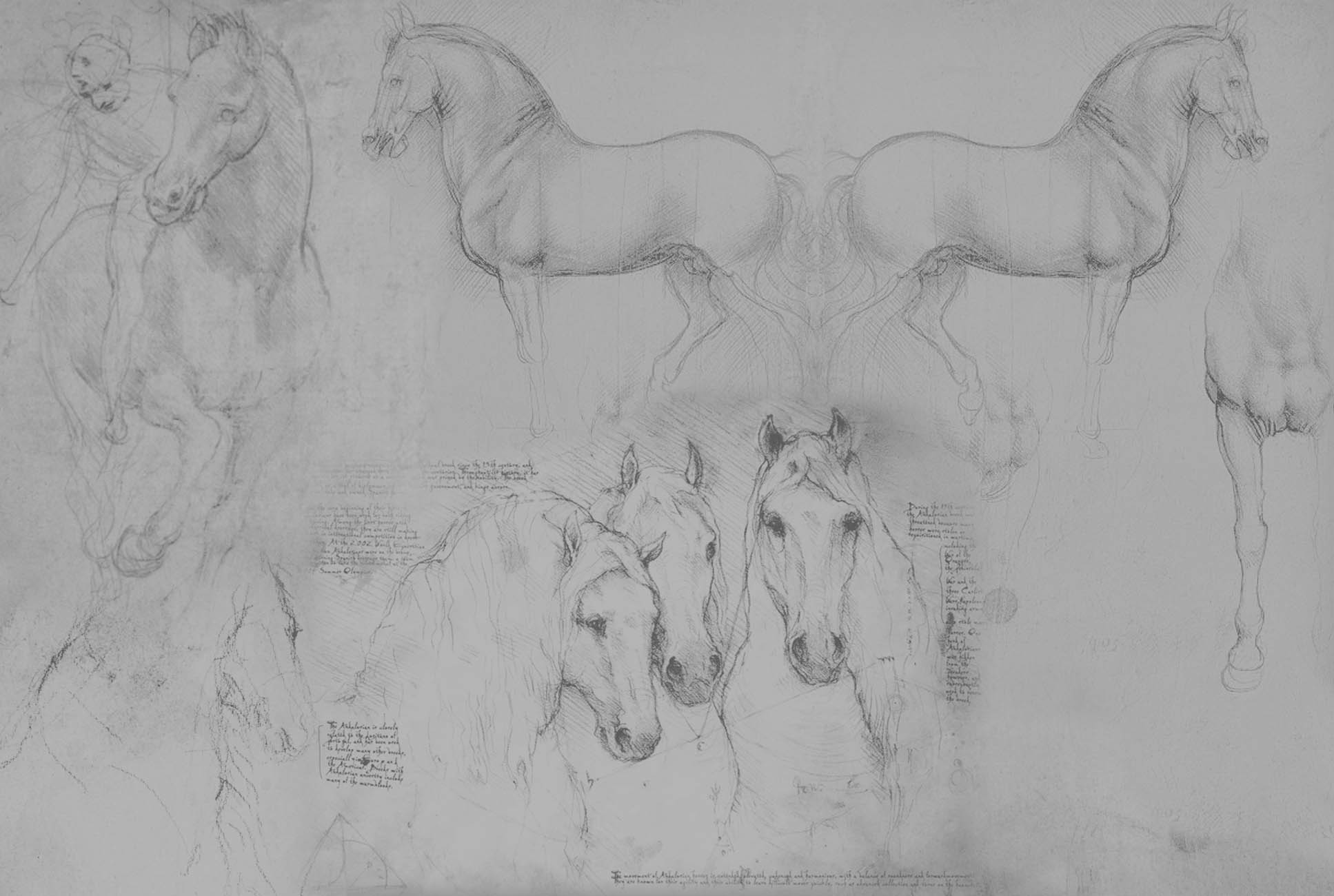Exams
Chirorpractic Exam | Lameness Exam | Neurologic Exam | Physical Exam | Soundness Exam
The Chiropractic Exam
The Chiropractic Exam is rooted in biomechanics, and is used to localize the areas a practitioner will adjust during treatment. It consists of a static palpation of a patient’s bones, muscles, tendons, and ligaments, a gait analysis, and motion palpation. Motion palpation entails taking each joint through its full range of motion. During this time the veterinarian feels for the quantity, quality, direction, and dimensionality of movement available to the patient. Based upon these findings, specific joints are selected for an adjustment. Motion palpation is again employed following an adjustment to assess its efficacy.
Often you will see an increased range of motion following an adjustment. That can be an indication of a successful adjustment, but it is not the only one! A subtle but meaningful indication is an increased quality of motion, which is trickier to visualize.
It is not necessary to use much force during either motion palpation or an adjustment. Contrary to popular belief, neither is it necessary to hear any noise! “Cavitation” is the name given to the popping sound that is sometimes heard when a joint adjusts. It is thought that the sound results from air that accumulates within a joint as it is gapped prior to an adjustment. The research pertaining to cavitation demonstrates no correlation between the presence of a “popping” sound and an effective adjustment.
The Chiropractic Exam is a dynamic process of localization and re-assessment. The Chiropractic Treatment draws upon information from the Physical, Neurologic, and Chiropractic Exams to determine which techniques to use, which joints to adjust, and which joints not to adjust.




